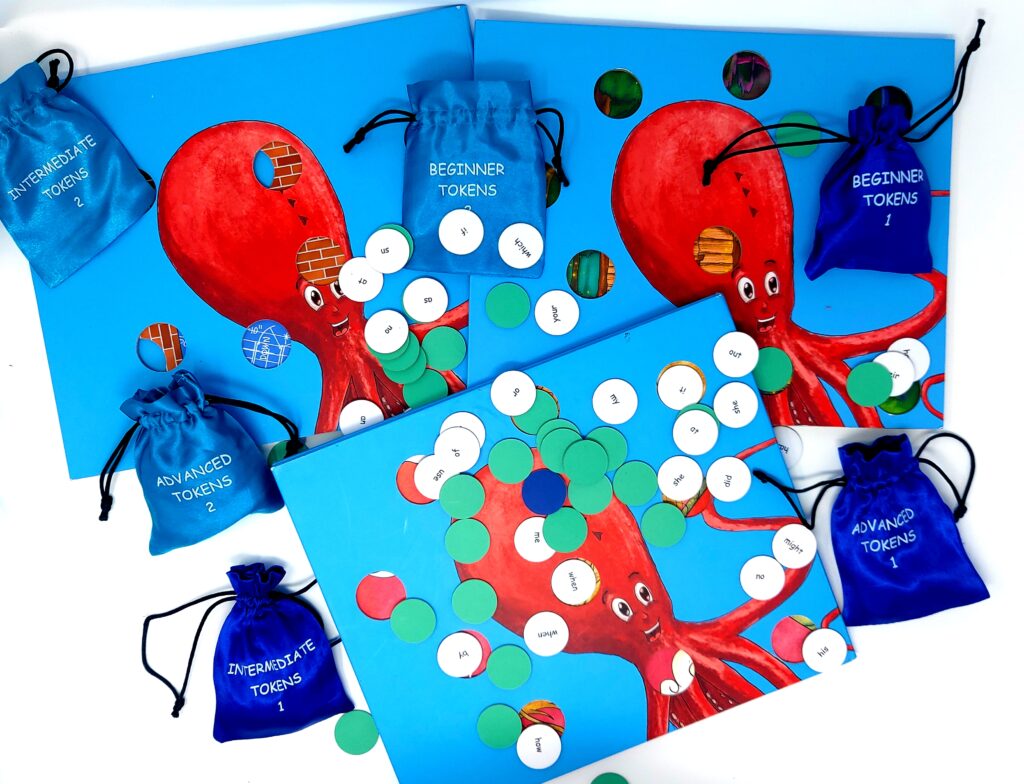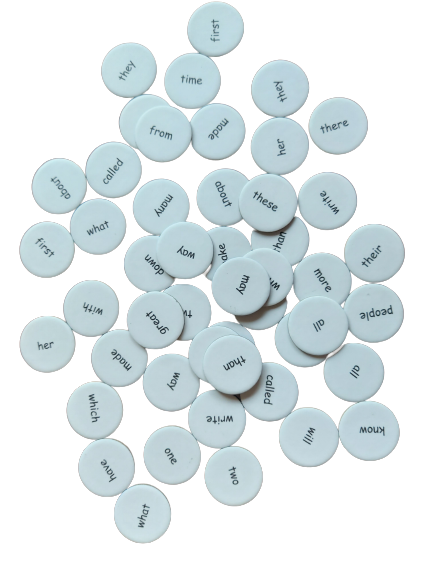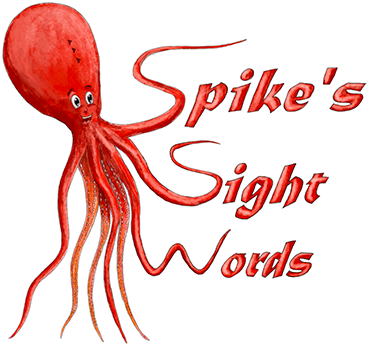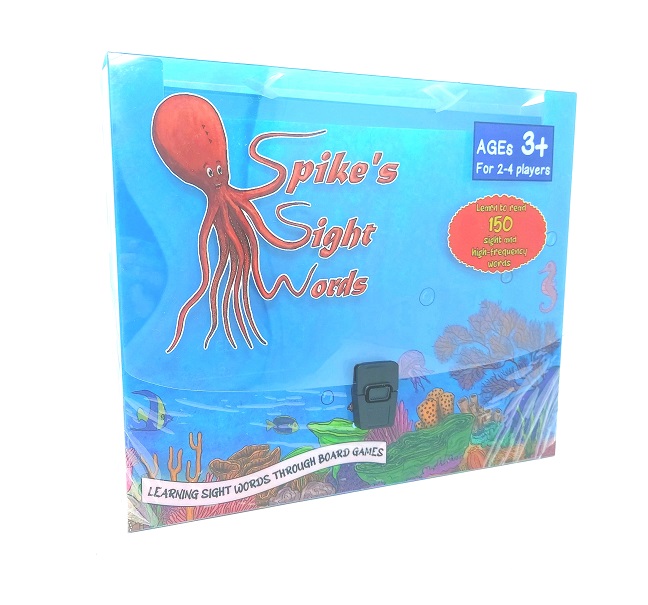
Every person is different and possesses an own set of strengths and weaknesses. However, there are moments when we excel in one area while lacking in another. Students with remarkable strengths and weaknesses in the classroom could require different instruction than regular students. Students who meet both the criteria for learning disabilities, such as dyslexia, and are intellectually gifted (as defined by an approved standardized testing) are referred to be twice exceptional, or 2e.
Three categories of kids that fit the description of 2e are recognised by the NAGC (National Association for Gifted Children):
-Identified gifted children with disabilities in their learning
-Pupils with unidentified giftedness who have a learning disabilty
-Unidentified pupils whose gifts and disabilities may conceal their talents and challenges
It is widely believed that a large number of 2e students are mislabeled, ignored, or receive little assistance. Demonstrating a student’s eligibility for dyslexia treatment services can occasionally be more difficult than establishing they are talented; other times, the difficulty lies in proving they are qualified for gifted programs. It’s critical to support dyslexic gifted students equally, giving equal weight to their abilities and disabilities.
Increasing awareness is a crucial first step in providing support for these students. This fact sheet offers details on how to recognise 2e students, teach them effectively, and poses inquiries for further investigation.

How common is 2e?
Research generally indicates that 2-5% of school-age children are 2e, while some sources place this number significantly higher. It’s uncertain if boys and girls have different rates of 2e. Boys may more frequently be classified as 2e since they are more frequently found to fit the disability part of the 2e equation.
Additionally, studies have indicated that gifted individuals in spatially oriented fields like physics, arithmetic, art, and architecture are more likely to have dyslexia. Although there may be methodological differences across these studies, overall there is some evidence that certain types of vocations or skills are associated with greater rates of reading and/or language impairments. But there is insufficient data to say that having dyslexia makes a person more likely to be gifted.
How are 2e students to be identified?
Both dyslexia and giftedness may go unnoticed by parents and educators. Both giftedness and dyslexia can conceal one another. The following are some traits that 2e people have in common:
-Enhanced verbal vocabulary
-Advanced concepts and viewpoints
-High degrees of originality and aptitude for addressing problems
-Incredibly inventive, inquisitive, and probing
-Differential performance and linguistic abilities
-A distinct profile of peaks and valleys in the cognitive test
-A broad range of extracurricular hobbies
-Particular skill or area of intense attention
-Sophisticated sense of humour



